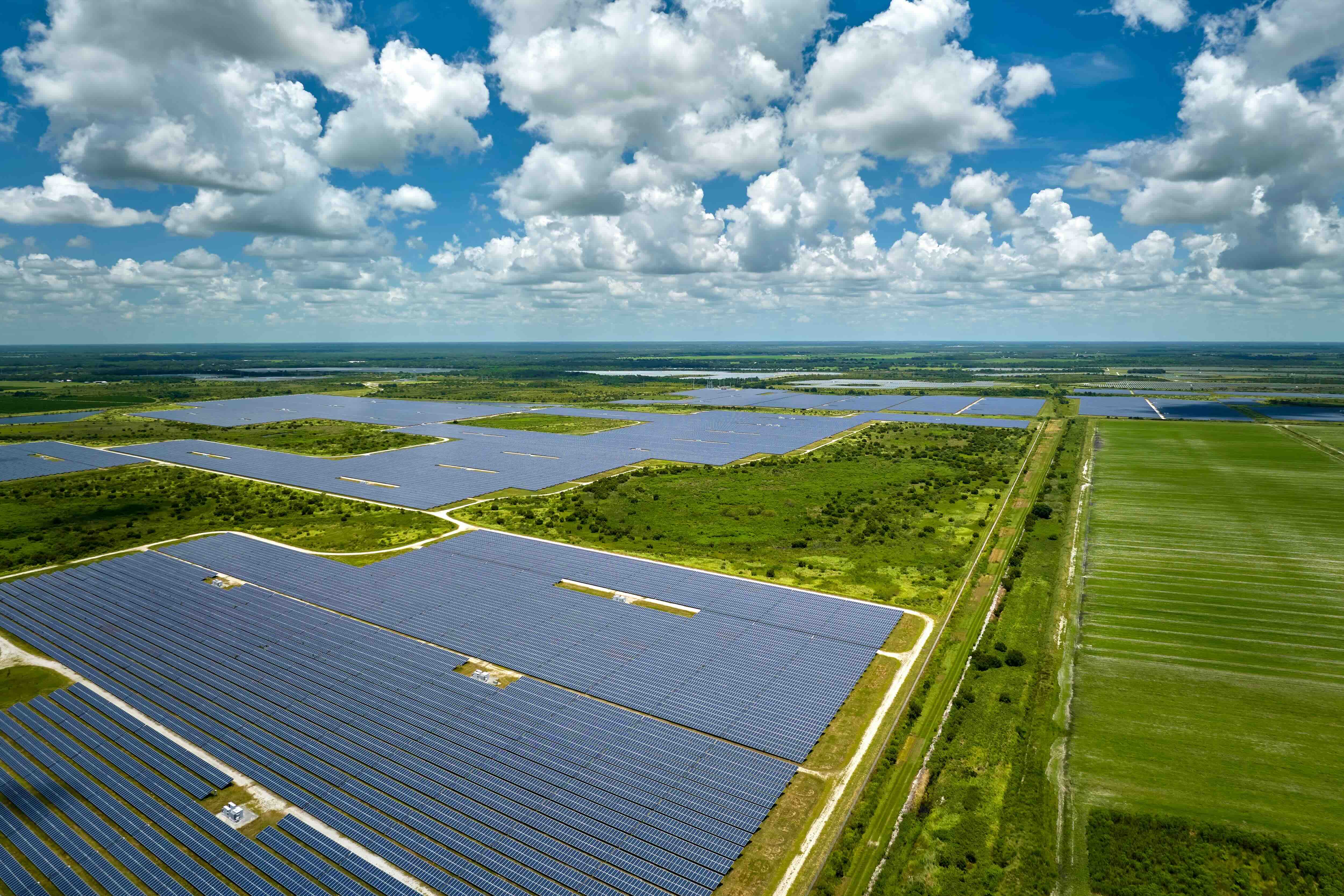Buyer Webinar: Carrybacks and Carryforwards in Tax Credit Transactions
Tax and legal leaders from CLA, Orrick, and McDermott discuss how tax credit carryback and carryforward provisions work in practice and what they mean for tax credit purchasers.
Recording
Joined by: Brandon Hill with CliftonLarsonAllen, Debbie Harrison with McDermott Will & Schulte, Mark Christy with Orrick, Herrington & Sutcliffe.
Clean energy transferable tax credits have created new opportunities for taxpayers to participate in the clean energy transition while offsetting tax liability, but understanding the mechanics of carrybacks and carryforwards is essential to capturing their full benefit.
Insights from the conversation:
1. Carrybacks Create a Four-Year Tax Liability Window
The ability to carry a clean energy tax credit back 3 years and carry forward 22 years is the core mechanism. For a corporate buyer, this potentially aggregates four years of tax liability (the current year plus the three carryback years), making a carryback a great fit for any taxpayers with a trailing federal tax liability. Some examples of strong profiles for a carryback strategy include tax payers with a large, one-time event in a recent tax year or relatively smaller taxpayers looking to aggregate up to four years of liability to make a larger tax credit purchase. The carryback must first be applied to the current tax year, and then carried back to the earliest possible year first, with each year thereafter sequentially. Each tax year is subject to the statutory cap (75% of federal tax liability).
2. Cash Flow is the Primary Strategic Concern
One potential challenge of a carryback is the mismatch between the date the buyer pays for the credit and the date the refund is received from the IRS. Since a carryback claim is effectively filed simultaneously with the current year's tax return (which may be several months after year-end for corporates), there may be a notable lag. To alleviate this burden, tax credit buyers frequently negotiate delayed / split payment structures (or possibly lower upfront purchase prices) with tax credit sellers to improve the overall return on investment.
3. IRS Refund Timing is Variable (But Pays Interest)
Once the carryback claim is filed, the refund processing time is variable. The IRS publishes processing statuses online, which suggest an approximate. 90-day timeline to process carryback claims. Notably, the IRS will pay interest on carryback refund claims that have been outstanding for more than 45 days. Subject to a given taxpayer’s internal cost of capital, some buyers have found interest payments to be accretive to the overall transaction ROI. Carryback refund claims under $5 million are not subject to Joint Committee on Taxation (JCT) review, which may also lead to faster processing.
4. Credit Ordering Rules Matter (Form 3800)
Taxpayers who have other general business credits (e.g., low-income housing, work opportunity, etc.) should be mindful of the instructions established in the Form 3800 General Business Credit (”GBC”) ordering rules. These rules dictate the order by which certain GBCs (including energy tax credits) must be applied against the current year's tax liability, and can have downstream impacts on carryback or carryforward mechanics.
Conversation overview:
00:00-04:25 Welcome, Introductions, and Agenda Overview
4:26-13:34 Mechanics of Carrybacks and Carryforwards: Rules, Caps, and Filing Forms (1139/1120X)
13:35-21:54 Documentation, Negotiating Payment Timing, and Managing Cash Flow for Refunds
21:55-30:45 Practical Considerations: IRS Refund Timing, Interest Payments, JCT Review, and Audit Risk
30:46-45:54 Buyer Profile, Strategy, and Credit Ordering Rules for Carryback Optimization
45:55-58:05 Market Update: Supply, Pricing Trends, and Emerging Credits (45Z Clean Fuel and 45U/45Y Nuclear)
58:06-1:01:42 Audience Q&A and Final Closing Remarks







.jpg)
.jpg)
.png)